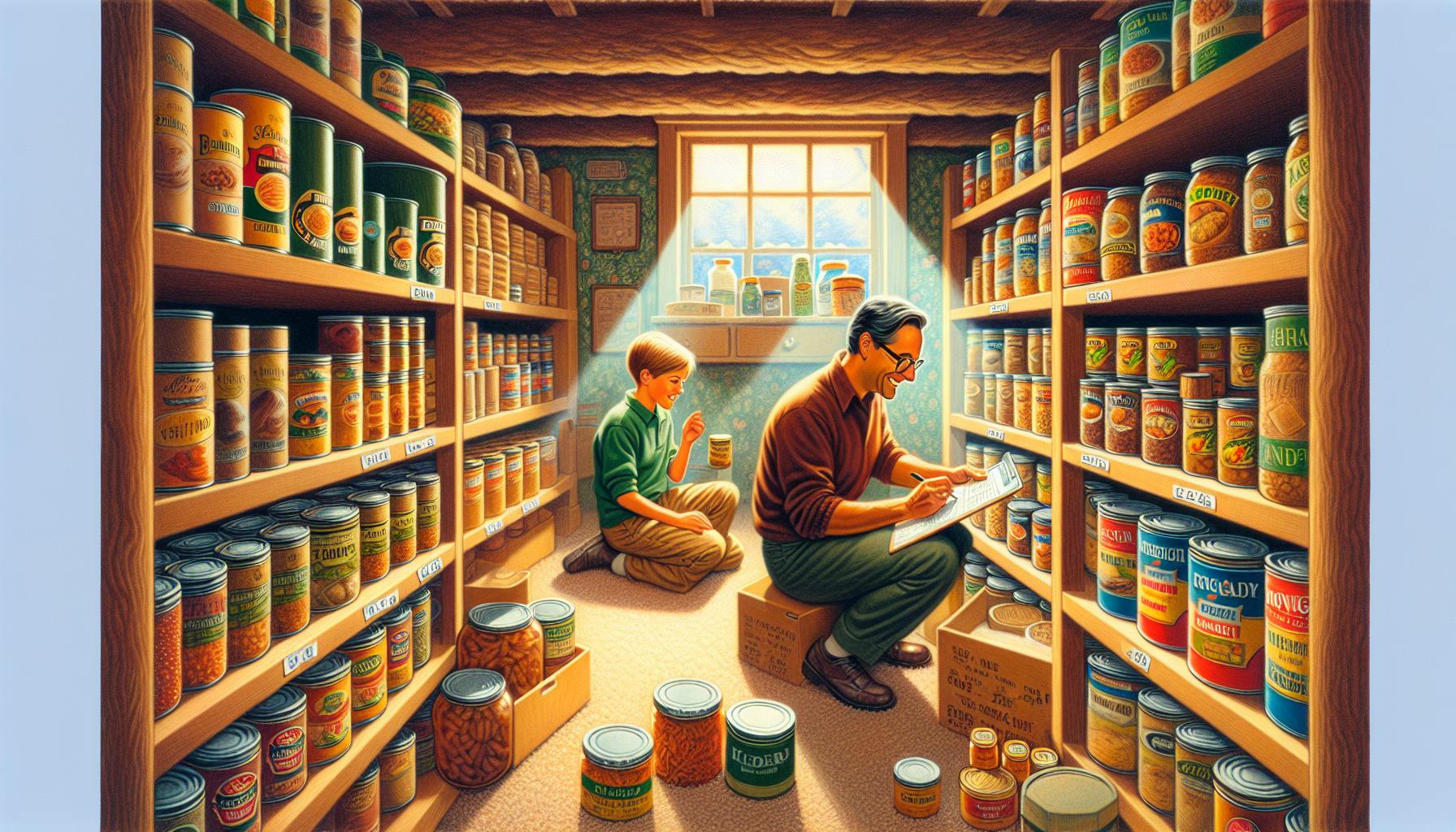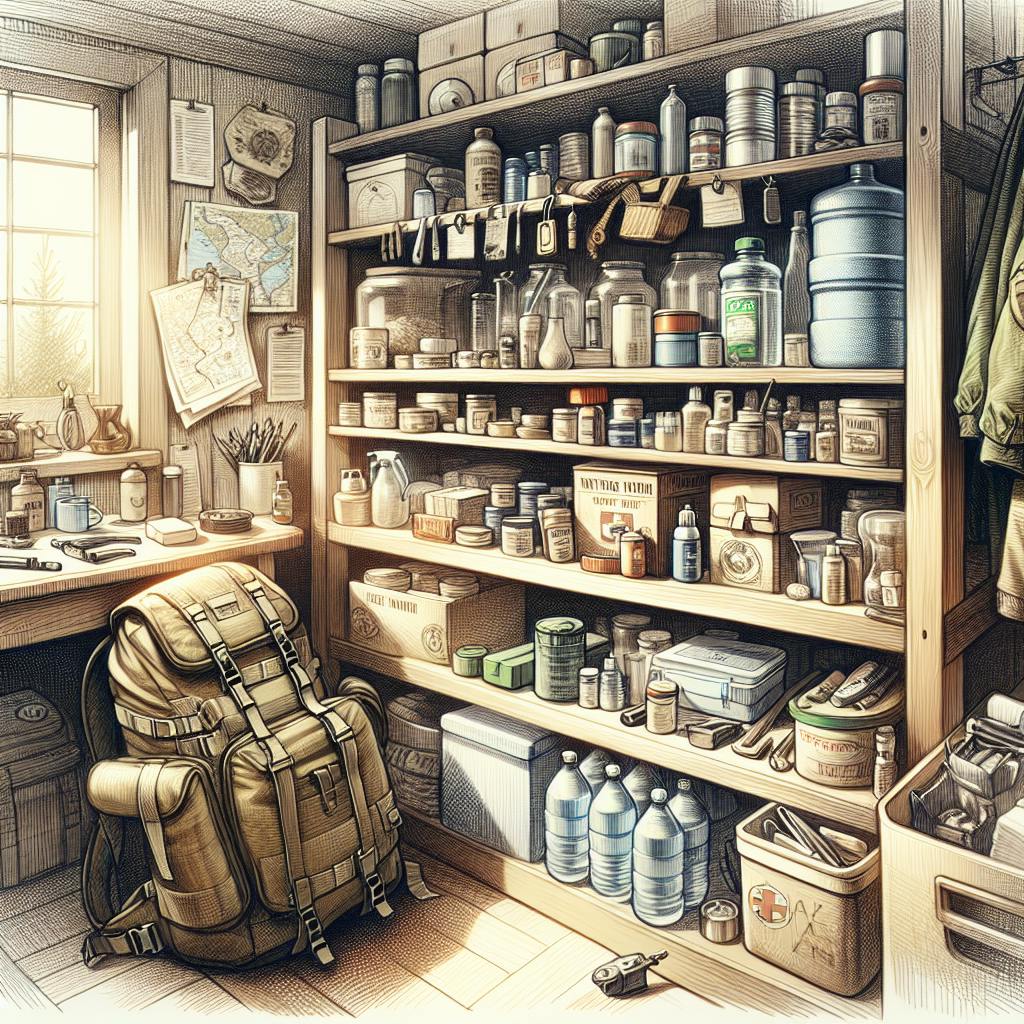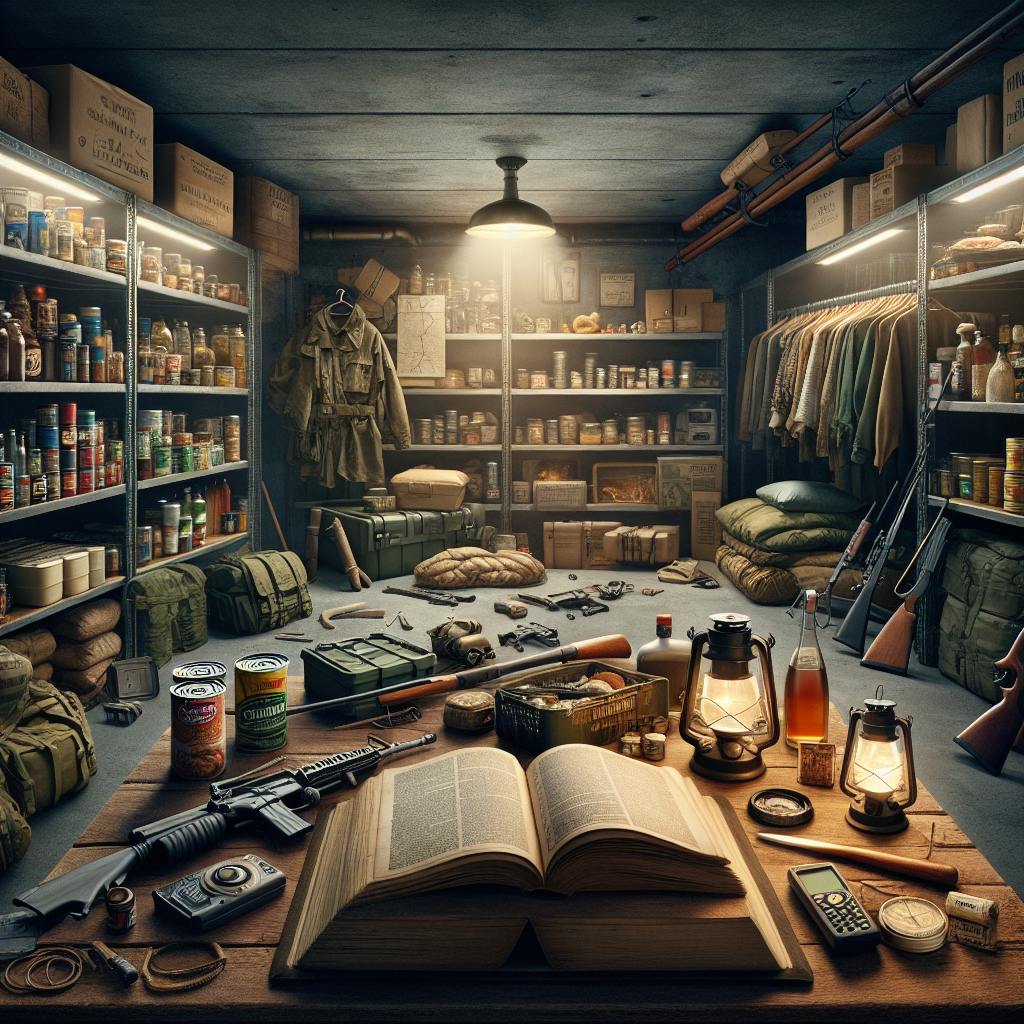Introduction to Survival Knives
Survival knives are essential tools for outdoor adventures and emergency preparedness. They serve a variety of functions including cutting, chopping, splitting, hunting, and self-defense. There are many types of survival knives to consider based on features like fixed vs folding blade, steel type, blade shape, handle material, and more. Understanding the pros and cons of different survival knife styles and brands is key to choosing the best option for your needs. This article will provide an in-depth overview of what makes a good survival knife and popular options to consider.
A survival knife is optimized for tasks needed in the wilderness or in emergency situations. It can be used for everything from building shelters to hunting game and defending yourself. Having the right survival knife is critical for anyone focused on preparedness and self-reliance. Its versatility makes a survival knife one of the most useful tools to have on hand whether you find yourself lost in the woods or facing unexpected conditions at home.
Defining Characteristics of a Survival Knife
A good survival knife has several key characteristics that make it well-suited for outdoor and emergency uses:
- Durable, corrosion-resistant materials - Quality survival knives are constructed from materials like high carbon steel that resist rust and can withstand heavy use. 1095 and D2 steels are popular choices.
- Fixed blade - Unlike folding knives, a fixed blade provides strength and versatility for anything from prying to chopping wood. It won't break under high stress.
- Serrated or plain edge - Some survival knives come with partially serrated edges ideal for sawing through rope, branches, and fibrous materials. Plain edges allow for more precision.
- Full tang - This means the metal blade extends through the handle, making for a stronger knife overall. Partial tangs are more prone to breaking.
- Thick spine - A blade thickness of 1/8 inch or more provides durability for batoning and other survival tasks.
- Ergonomic, non-slip handle - Rubberized, G-10 and Micarta handle materials give you a secure grip, even in wet conditions. Jimping on the blade can also help.
- Additional tools - Some survival knives include a hollow handle for storing matches, a fire starter rod, emergency whistle, or other handy tools.
The ideal survival knife is robust and made to handle heavy-duty use with materials built to last. High carbon steel offers excellent edge retention while resisting rust. The fixed blade provides superior strength and flexibility compared to folding knives. A full tang running the length of the handle increases durability so the blade won't snap under pressure. The handle should be textured or rubberized for a secure grip, even in wet conditions. Some survival knives incorporate handy emergency features like an emergency whistle, fire-starting rod, or hollow handle for storing matches, fishing line, or other small items.
Comparing popular survival knife designs and materials
Types of Survival Knife Blades
Choosing the right type of survival knife blade impacts its capabilities and strength for wilderness and emergency preparedness needs:
Fixed blades are one solid piece of metal from tip to butt with no moving parts. This makes them extremely durable for heavy chopping and batoning tasks where folding knives risk failure. Their sturdy build allows you to exert more force and torque on the blade without breakage. Fixed blades do lack the concealability and packability of folding knives though.
Folding blades feature a blade that pivots and folds into the handle. This compact format is easier to carry discreetly in a pocket or backpack. But the folding mechanism forms a weak point that limits the strength you can apply. Folding knives work well for light duty tasks like dressing small game, but aren't ideal for splitting wood.
Plain edges have a continuous sharp cutting surface without serrations. Their razor sharp profile slices cleanly through materials with push cuts. Plain edges also sharpen easily using a whetstone. They can saw slowly through wood in a pinch, but aren't optimized for tough fibers.
Serrated edges have jagged, tooth-like edges that excel at ripping through fibrous materials like rope, roots, and plastic with minimal effort. They aggressively grab and tear with each sawing stroke. Serrations do tend to snag when doing precision work though. They are also more difficult to sharpen.
Spear point blades feature a symmetrical pointed tip optimized for piercing tough materials and self-defense applications. The spine slopes on both sides to the tip.
Drop point blade shape offers control for detail work like carving, dressing game, and other survival tasks. It has a broad belly that curves to the tip.
Clip point blades have a narrow tip and straight cutting edge that provide a good balance of detail work and piercing ability. The spine slopes upward to the tip.
Popular Survival Knife Designs and Brands
Quality survival knives are produced by brands like Ka-Bar, Gerber, Buck, ESEE, Benchmade, and Mora. Prices range from budget-friendly to premium:
Ka-Bar offers classic military-grade designs like the USMC Fighting Utility Knife. It features a 1095 Cro-Van steel blade and leather handle. The Becker BK2 Campanion is another favorite with a durable full tang construction.
Gerber is known for their Bear Grylls line of survival gear, including knives like the Ultimate Pro. It packs a partially serrated high carbon steel blade into a compact frame with textured grip. The StrongArm is another top choice, with ceramic coating on the steel.
Buck Knives has decades of experience making blades for hunting and survival. The Buck 119 Special fixed blade is an American classic with a clip point 420HC steel blade and wooden handle. The folding Buck 110 Hunter has brass bolsters and a lockback design.
ESEE produces heavy duty knives like the Junglas model, made for jungle environments. It chops well with its thick 0.25” 1095 carbon steel blade and contoured Micarta handle scales.
Benchmade offers premium quality in folders like the Bushcrafter. It packs S30V stainless steel and a G10 handle. The full-tang fixed Benchmade Steep Country is purpose-built for hunting.
Mora knives provide amazing value, even under $50. The Companion has a comfortable rubber grip and Scandi grind. The Garberg is Mora’s take on a folding knife in high carbon steel.
Comparing features of popular survival knife models
Caring for your Survival Knife
Investing in a quality survival knife is only half the battle - proper care and maintenance will ensure it lasts for years and stays sharp. Here are some tips:
- Store knives in a dry, moisture-controlled environment. Use blade oil or silicone to prevent rust.
- Clean knives after each use, cleaning away any debris, dirt or moisture.
- Use a honing steel regularly to keep the blade's edge aligned and sharp. Perform careful strokes along the existing bevel.
- Sharpen knives using a whetstone or precision sharpener when honing no longer restores the razor edge. Match the bevel angle.
- Inspect knives for any cracks, chips or other damage after extended field use. Repair or replace as needed.
- Consider coating blades with a corrosion-resistant substance like ceramic or DLC to minimize rust.
- Never put knives in the dishwasher or soak in water needlessly. Wipe down and dry after cleaning.
- Store knives in properly-fitting sheaths to avoid dulling and protect the blade and yourself.
With the right knowledge, you can keep your survival knife performing like new even after years of use. Proper maintenance will save you time and money while ensuring your knife is ready at a moment's notice!
How to Choose the Right Survival Knife
Selecting the ideal survival knife requires carefully weighing your intended uses, environment, blade materials and other preferences:
Consider your primary usage - Will it be used mainly for chopping wood, hunting, carving, or self-defense? Certain blade shapes and grinds are optimized for specific tasks. Make your biggest needs a priority.
Choose quality steel - High carbon steel offers the best edge retention and durability but requires more care. Stainless trades off some sharpenability for corrosion resistance. Evaluate your environment.
Full tang for strength - Go for a full tang blade if you plan to split wood or need maximum durability for heavy tasks. Partial tangs are weaker and prone to breakage when batoning.
Portability vs power - Folding knives are lighter and more discreet but lack the strength of a fixed blade. Decide what's most important for your carry preferences.
Evaluate the handle - Look for textured, non-slip handles that contour to your grip. Materials like Micarta and G-10 provide a secure hold, even when wet.
Assess added features - Do you want a hollow handle for storage? Fire starter? Emergency whistle? Make sure any extra tools are useful to you.
Reputation counts - Stick to established knife manufacturers that have a track record of quality and reliability in their products.
Evaluate your expected uses, conditions, and ideal features to narrow down your choices. With so many survival knife options available, keeping your needs and intended environment in mind will help you select the right tool for the job.
Having the proper survival knife can vastly improve your self-reliance, preparedness, and chances of overcoming unexpected challenges in the wilderness or at home. Take the time to make an informed decision to find your ideal survival blade.


